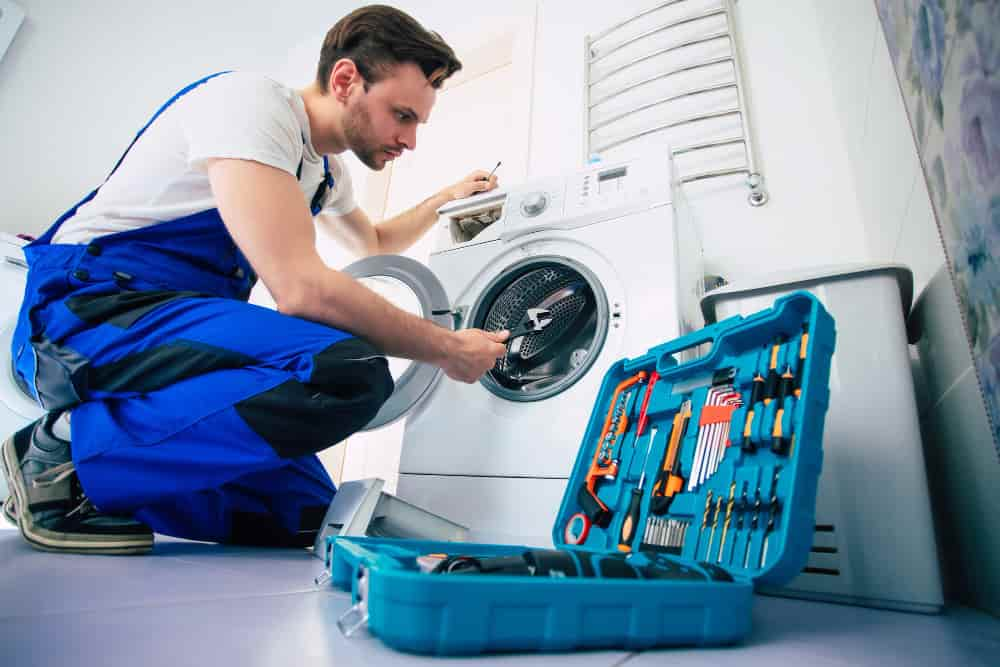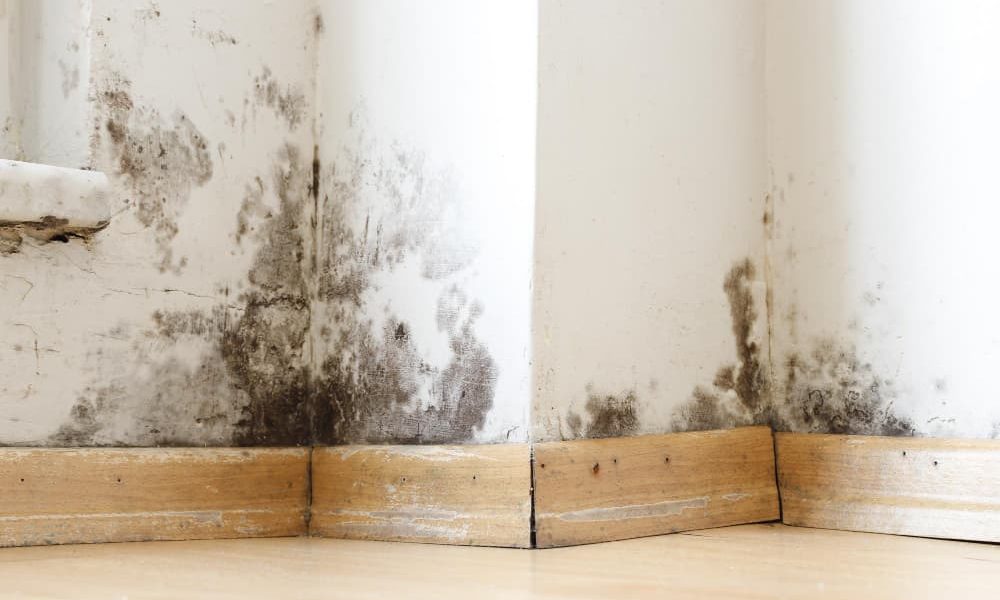
If you are short on money and your appliance has left you stranded, in this article we will explain how to repair a washing machine without asking anyone for help.
The washing machine is one of the most used appliances in any home. Due to its frequent use, it is not unusual for it to begin to fail over time. Fortunately, many of these problems are easy to solve.
Learning how to repair a washing machine will not only save us money on technicians, but also better understand the operation of our appliance. In this article, we will explore the most common problems and their solutions.
Common problems and their solutions
The washing machine does not turn on
Turning on the washing machine is the first step in starting any washing cycle, so if the equipment does not start, the entire process stops. There are several reasons why this could happen and here we present the most common ones.
blown fuse
As it is an electrical appliance, the washing machine depends on a system of fuses that protects its internal machinery from possible overloads. A blown fuse It is one of the most common problems that prevent the washing machine from starting.
It is vital to check not only the power cable, to make sure it has no visible damage, but also check the fuses in your home’s electrical panel. Replacing a blown fuse is often the solution to getting your washing machine working like before again.
Badly closed door
Modern washing machines have safety mechanisms that prevent the appliance from working if the door is not completely closed. This feature, designed to protect the user and prevent possible flooding, may be the culprit if your machine won’t start.
Be sure to press firmly the door until you hear the “click” sound, indicating that it has been properly closed and locked.
The washing machine does not spin
Spinning is essential to remove excess water from clothes before moving on to the drying process. If your washing machine does not spin, you could end up with soaked clothes.
Unbalanced load
One of the most common reasons for the washing machine not spinning is a unbalanced load. If you load the machine with a heavy blanket and several light clothes, for example, the blanket could absorb more water, causing an imbalance during spinning.
It is essential to distribute the clothes evenly inside the drum. If you notice this problem, open the washer, rearrange the clothes, and try again.
Blockage in the drain
The drain pipe is essential to eliminate the water used during the wash cycle. A blockage in this tube can prevent water from escaping and therefore the washing machine from spinning properly.
Buildups of lint, small objects, or even soap scum are common causes. Inspect regularly the drain pipe to ensure its correct operation.
The washing machine is leaking
Nothing is more worrying than finding a puddle of water around your washing machine. Here we explain what to do in that case.
Defective hoses
Hoses are primarily responsible for transporting water to and from the washing machine. Over time, they can wear, crack, or come loose. Regularly inspect the inlet and outlet hoses for any signs of wear. It’s advisable replace hoses every 5 years or sooner if you notice any damage.
door seal
The door seal ensures that water stays inside the washer during the wash cycle. If this seal is broken or deteriorated, water is likely to leak. Examine carefully this seal and if you notice any cracks or deterioration, consider replacing it soon.
Strange noises
If your washing machine makes unusual noises, it is a sign that something is wrong.
Strange objects
It is common forgetting small items in clothing pocketsand these can end up in the washing machine drum, causing noises when spinning. Always check your pockets before loading the washing machine and if you hear a strange noise, stop the machine and look inside.
Worn bearings
The bearings allow the washing machine drum to rotate smoothly. If they start to wear out, you may hear a grinding or knocking noise. This repair can be more complex than the previous ones, and while there are tutorials online on how to repair a washing machine with this problem, sometimes it may be necessary consult a professional to guarantee a job well done.
Conclusion
Knowing how to repair a washing machine can save us time and money. However, it is essential to always remember to disconnect the appliance from the electrical current before any intervention.
If after trying the proposed solutions the problem persists, consider consulting a professional or investigating further. With proper care and maintenance, the life of your washing machine can be significantly extended. Good luck with your repair!







